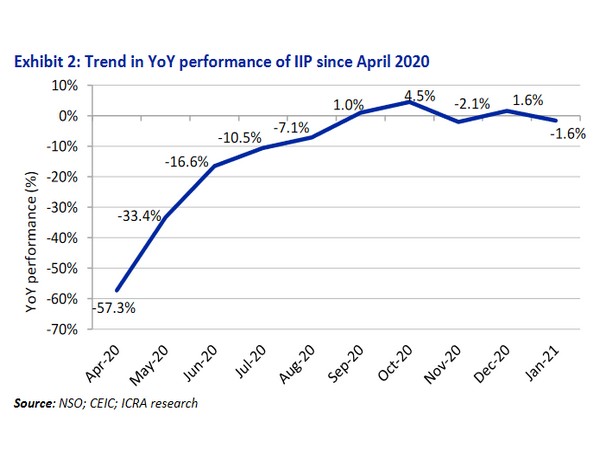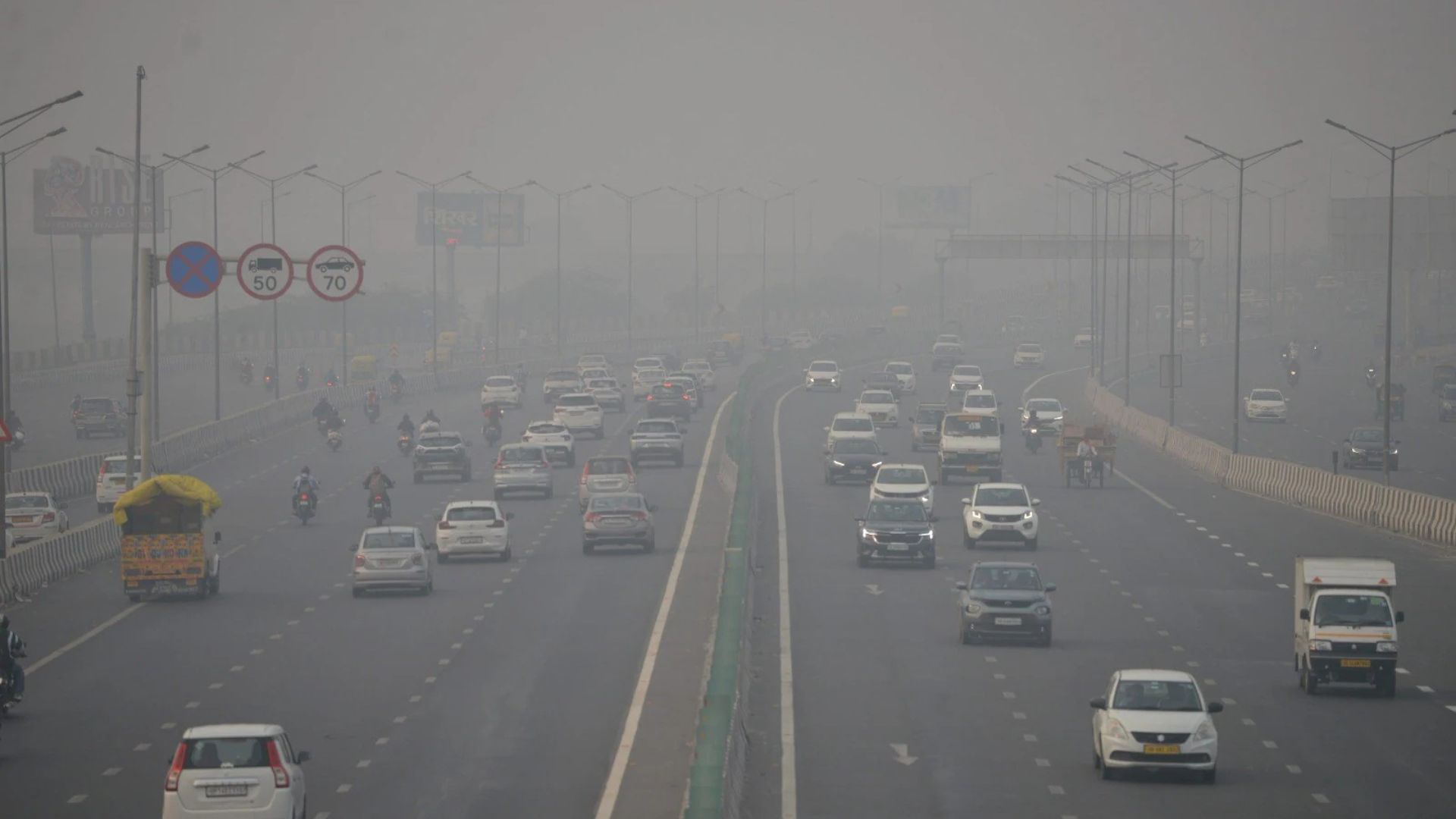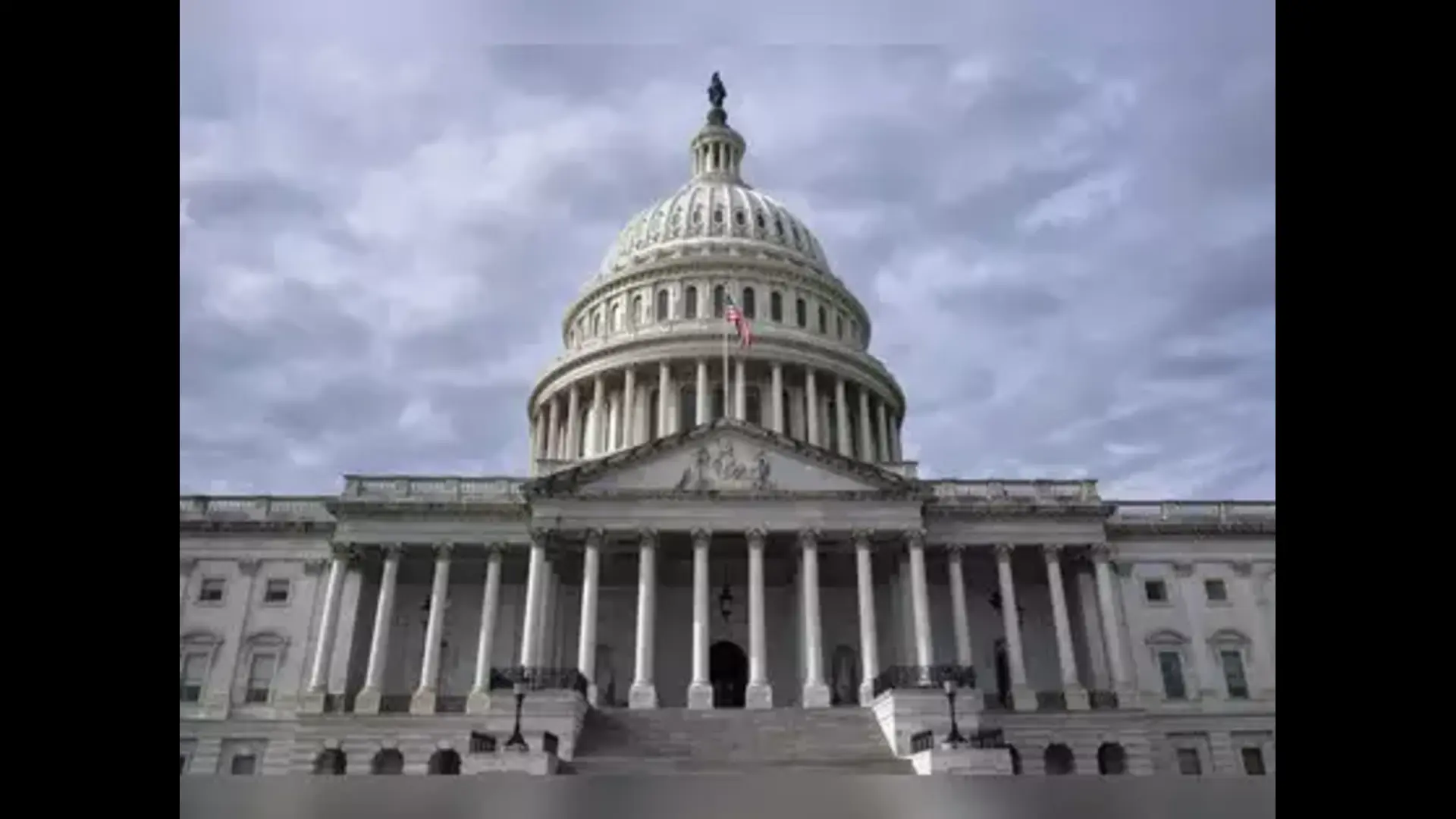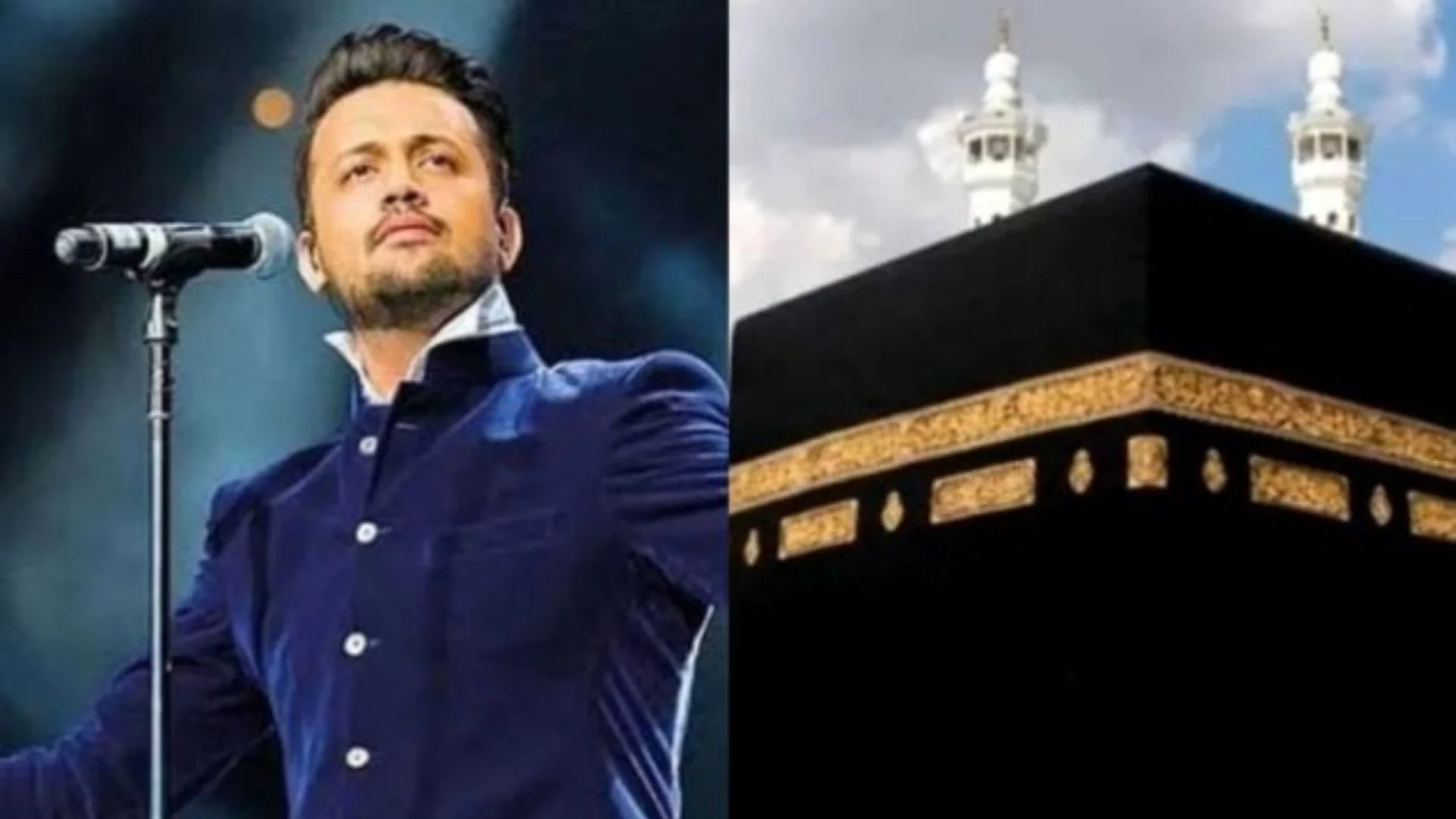
Struggling public capex saga As we near the end of the current fiscal year and gear for the fresh budget season ahead, a quick fiscal health of Centre and states so far would serve as a good base for the fiscal math ahead. Both Centre and states face the policy trade-offs between nurturing a nascent growth recovery and diminishing fiscal space with challenging debt dynamics. Looking at the recent fiscal trends, it appears the Centre and states are on different trajectories. Both have seen tremendous revenue growth, but while the Centre is spending its bounty on capital expenditure, states are sitting tight, having committed to just 30% of their own budgeted capex for this year so far. The implications this has for capital formation in India are immense, and there is an urgent need for fiscal consolidation to go hand-inhand with a focus on capital formation, as the only sustainable way to grow the economy. Centre’s finances look manageable The Centre’s tax revenues have grown by ~18% yearon-year (YoY) so far (vs 10% budgeted growth), with both direct taxes (26% growth vs 14% budgeted) and indirect taxes (11% growth vs 6% budgeted) showing excellent momentum so far. It must be noted, however, that while GST collections have been excellent (27% growth YoY vs 16% budgeted), revenue from excise duty has fallen more than anticipated (down 19% vs 15% budgeted contraction), largely due to the cuts on excise duties levied on petrol and diesel. The central government has met ~57% of its budget estimate (BE) for tax revenue, seven months into the fiscal year, and is therefore largely on track to meet or even slightly exceed these estimates by the end of the year. On the other hand, non-tax revenue could be lower than the FY23BE – and it must be remembered that the budget estimate was itself 14% lower than the FY22 revised estimate (RE), meaning that the government itself expects lower non-tax revenue. The shortfall in the RBI dividend, as well as losses for oil marketing companies due to the freeze on retail petrol and diesel prices, are the biggest reasons for the lower haul from non-tax sources. Divestment proceeds are also expected to be weak – we expect total proceeds to be 33% lower than the budget estimate of Rs 650bn. In terms of expenditure, total expenditure is 17% higher than the same period last year, with the government’s focus on capex meaning that it has spent over Rs4.1trn on capex so far.
This is a 61% increase over the amount spent during the same period last year, and has already met 55% of the capex FY23BE. Roads, highways and railways have seen the bulk of central government capex thus far. Revenue expenditure is also higher (10% YoY), led by the increased spending on fertilizer subsidies (up 92% YoY) due to the war in Ukraine. States have to catch up with capex Admirably, the Centre has used the increase in tax revenue, and borrowed more, to increase capex spending, but states have cut back here, preferring to focus on revenue expenditure and fiscal consolidation. State revenue has seen healthy growth, with both tax and non-tax revenue rising by over 25% so far – but this has been eaten up by revenue expenditure, a large part of which is committed, in the form of pension and salary payments. On the contrary, Capital expenditure by states is actually lower by 3% compared to the same period last year. This means that there is a huge catch-up for states to do in the remaining five months – and they will have to spend ~Rs5.0trn in this time just to meet the BE target. This is unlikely, as recent history shows that states regularly overestimate their capex in the budget, eventually undershooting it by an average of 20% over the last seven years. States have also borrowed far less than last year (down 27%) – and as borrowings largely fund capex, it is another sign that the overall capex by states will probably only be at the same level as FY22, if not lower. Some of the largest states in terms of capex spending, such as Uttar Pradesh, Maharashtra, Andhra Pradesh and Rajasthan, are all below the average level of capex done so far this year. Nevertheless, one encouraging sign is that state capex seems to be focused on productive development areas. Looking at the state budgets for 19 states, we see that the capex allocation towards health, education, agriculture, irrigation and urban development have all increased as compared to the last couple of years. This is welcome, as investment in these areas is vital to increase productivity and create long-term job opportunities as well as better “human capital”. Public sector capex to decline Thus, even with the Centre’s capex push, total public sector capex is likely to decline as a percentage of GDP. The Centre is likely to spend ~2.6% of GDP on capex, far higher than pre-pandemic levels of 1.5-1.9%. State capex is likely to remain stable; however, as mentioned earlier, states are unlikely to achieve the budget estimate of ~Rs6.9trn, which would have accounted for 2.6% of GDP. Instead, even with the expected ramp-up in capex in H2FY23, states will likely only hit ~Rs5.9trn in capex, which would be 2.1% of GDP, a similar level to that seen in the past few years. Additionally, capex spending by CPSEs is likely to decline for the third consecutive year, implying that total public sector capex is likely to come in at ~6.5% of GDP in FY23, declining from 6.9% in the two previous years, and the average of 6.7% between FY15-20. It is quite clear that the overall capex push has shifted away from states to the Centre over the past two decades, which makes it even more important that state finances are stable and overall fiscal consolidation takes place alongside capital spending. PSUs have been seeing lower capex spending for the third year in a row. Thus, even with a renewed push by the central government, public sector capital expenditure is set to decline, and this is a worrying trend.
There is a need for fiscal consolidation due to the extra (and necessary) spending during the pandemic, but it cannot come at the cost of capital expenditure, which remains the only sustainable way to increase economic capacity and induce job creation. Increased formalization of the economy, tax reform, and higher divestment are all needed to continue increasing revenue, which can then help maintain the capex push. Madhvi Arora is the Lead Economist with Emkay Global. Harshal Patel is an Economics research associate at Emkay Global. He has previously worked at JP Morgan Asset Management and CRISIL.















